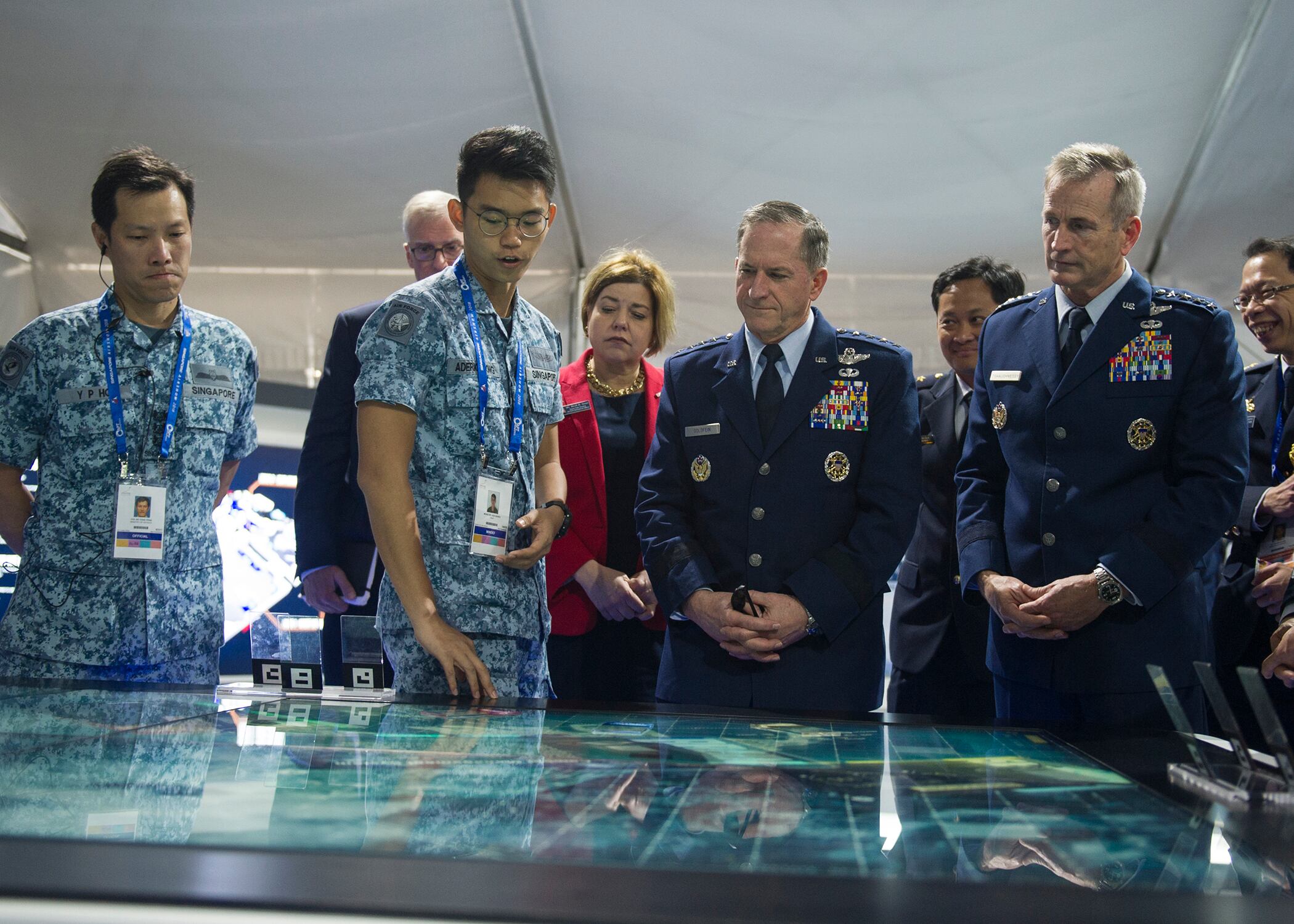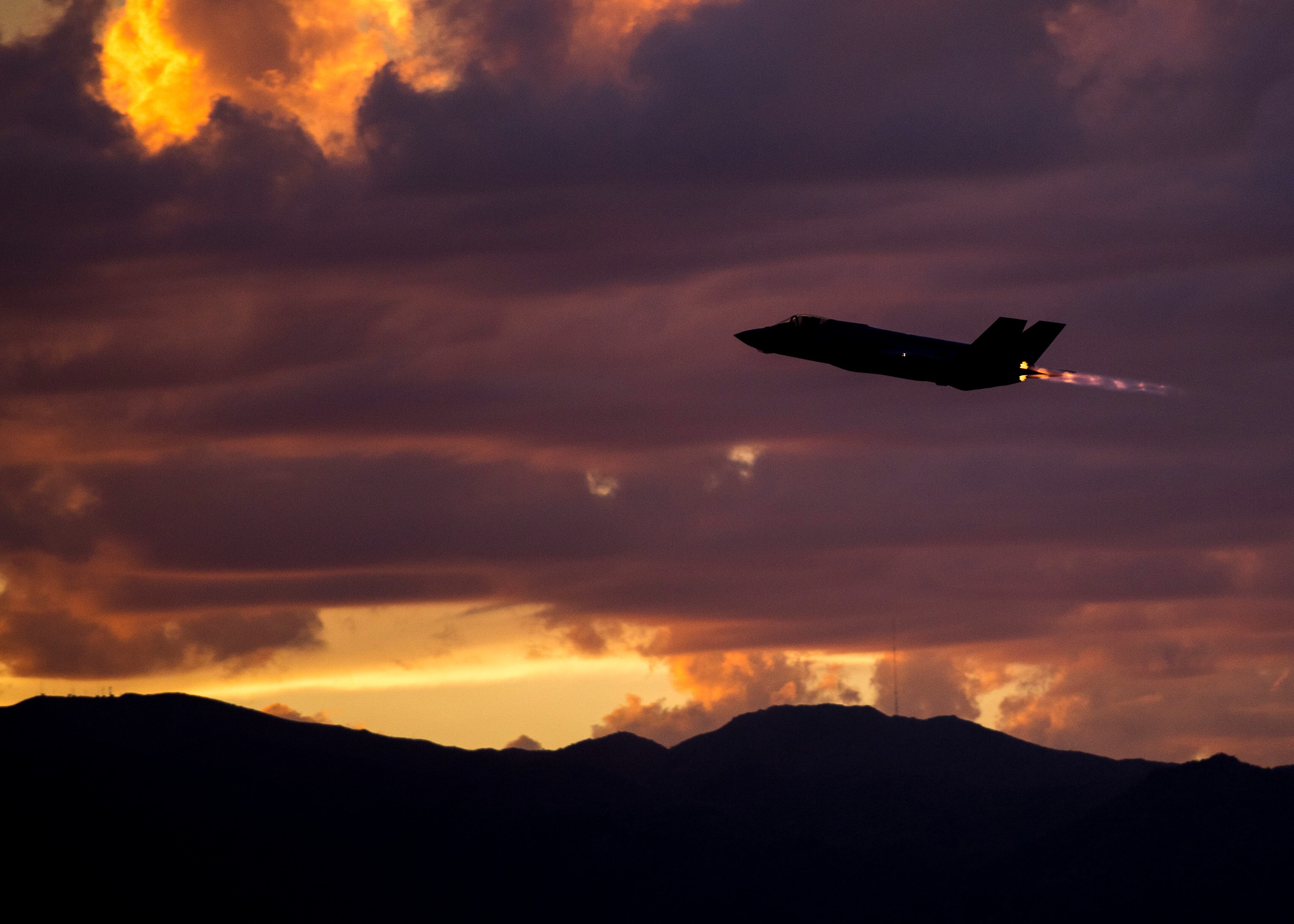WASHINGTON — The duties of the Air Force’s international affairs shop may be changing soon, but its outgoing head believes that may not be a bad thing.
The Air Force is currently considering stripping out the strategy functions of its international affairs office and transferring them to the Air Staff’s office for plans and requirements, also known as the A5, confirmed Heidi Grant, deputy undersecretary of the Air Force for international affairs, during a Dec. 4 roundtable with journalists.
However, such a change might free up the services’ international affairs personnel to focus on the work it does to enable foreign military sales, she said.
"I see it as a minimal impact, and my hope is that it's going to make [the international affairs office] stronger with that change,” she said.
The service could make a decision on the issue as early as January, as part of a larger organizational restructure under consideration by the service, Grant said.
The Air Force is the only service that has a dedicated international affairs office — known by the moniker SAF/IA — that is led by a senior official.
After eight years leading the office, Grant will be headed to the Defense Technology Security Administration on Jan. 7, where she will take over as its director, Defense News first reported last month. Her departure from the Air Force fueled rumors that SAF/IA could be shuttered.
RELATED

But Grant seemed confident that SAF/IA would continue to exist, pointing to internal Air Force studies that found that the high visibility of the office enables greater cooperation with foreign militaries.
“My position is equivalent to my colleagues — the head of operations, the head of intelligence — and so I have direct access. I work directly for the chief and the secretary,” she said. “So then when I go out to do the business for the Air Force, I get direct access to the chiefs and the ministers of defense. So my colleagues are envious of the way the Air Force is structured, and there have been lots of studies that we do it right."
However, Grant acknowledged that when she started out at the SAF/IA job, there wasn’t a strategy that guided what the office was trying to accomplish.
“I felt like I was reacting as a country comes in, saying ‘We want F-16s.’ Next thing I know I’m traveling there,” she said. “Where is the strategy of why am I doing what I’m doing?”
RELATED

Grant was eventually able to put together a strategy for the office built around the idea that international cooperation could help mitigate Air Force operational risk around the globe.
The hope was that, by selling weapons and military technologies, the Air Force would attain more access to its allies and partners, more interoperability with their armed forces, and could depend on them to help deter and fight emerging threats, she said.
Grant seemed supportive of the proposed transition of SAF/IA’s strategic functions over to the A5, stating that “it will allow us to focus more on foreign military sales”— a responsibility of the office that has doubled since 2010.
Then, SAF/IA’s FMS portfolio amounted to $96 billion. Now, it stands at $185 billion, Grant said. Throughout that time, the Air Force also focused on decreasing the amount of time it takes to forge an agreement with foreign nations, cutting the time it takes to go from “letter of requirement” to “letter of offer” by 42 percent.
Grant’s successor hasn’t been named yet. Whoever fills the position — or the A5, should SAF/IA’s responsibilities be altered — should re-evaluate that operational risk, in light of the Air Force’s position that its 312 operational squadrons are insufficient to meet the obligations of the national defense strategy, she said.
Air Force Secretary Heather Wilson has set a goal to get to 386 squadrons by 2030.
Valerie Insinna is Defense News' air warfare reporter. She previously worked the Navy/congressional beats for Defense Daily, which followed almost three years as a staff writer for National Defense Magazine. Prior to that, she worked as an editorial assistant for the Tokyo Shimbun’s Washington bureau.






